Welcome to part two of my MS-Optical 35/1.4 review. If you missed part one [HERE], I covered form and functionality of this unique lens. This installment is going to cover its overall performance. All shots were scanned on an Epson V850.
Great Basin NP | Leica M-A | f/8 | Kodak Ektar
PERFORMANCE:
During my test shoot at Rock Glacier, I was only able to start the f-stop comparison at 2.8, leaving out 1.4 and 2.0. I must keep shooting to get some situations where I can use a max aperture outdoors without using a ND filter. With that out of the way, I found that the Apoqualia was outstanding from f2.8 through f16, where it only hinted at diffraction setting in. You may notice that the shot at f4 is a little soft. I believe there may have been some wind to blame for that.
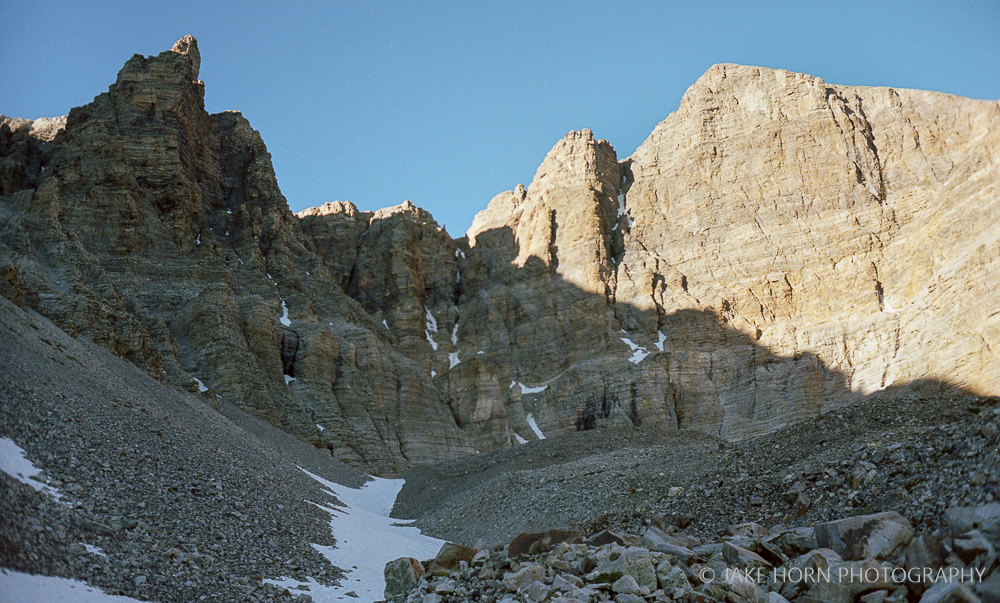


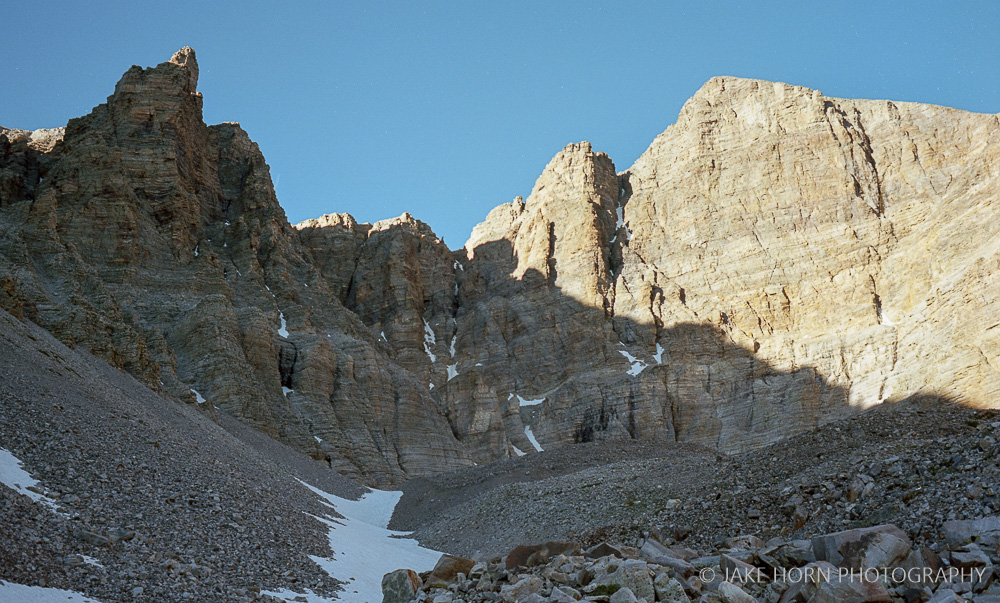
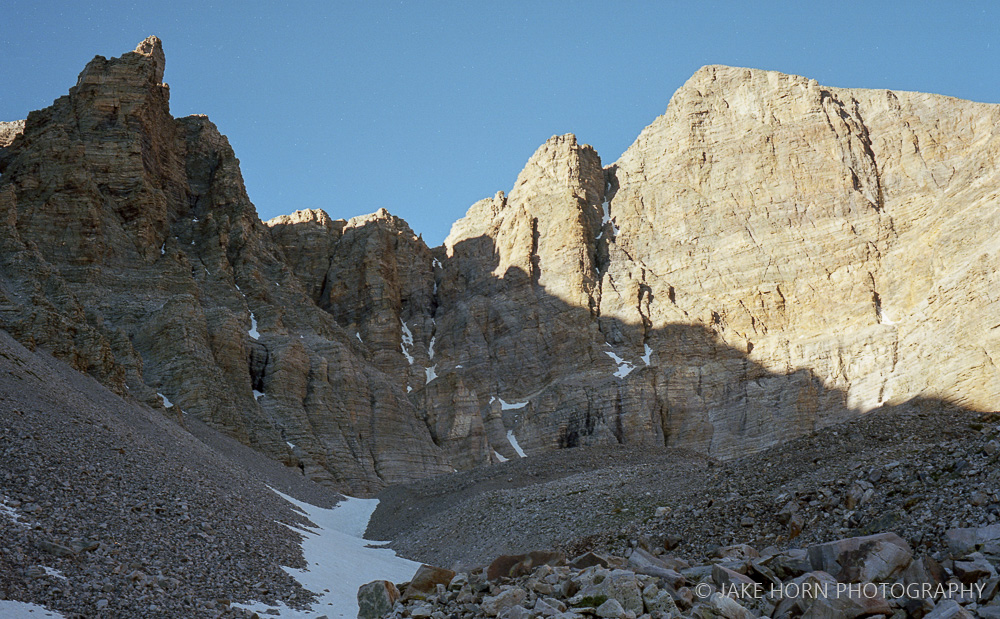

CENTER PERFORMANCE:
Performance in the middle of the frame is very good, even at f/2.8. I did not find much difference between all the apertures, but did find that the lens was sharpest at f/8. In normal printing situations, I would feel comfortable shooting this lens at anything above f/2.8.
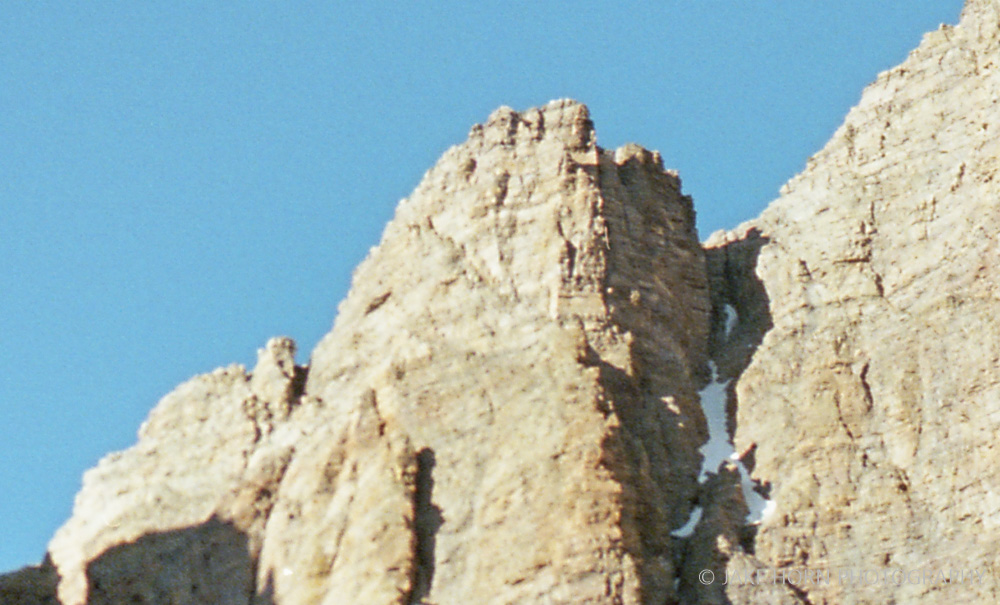
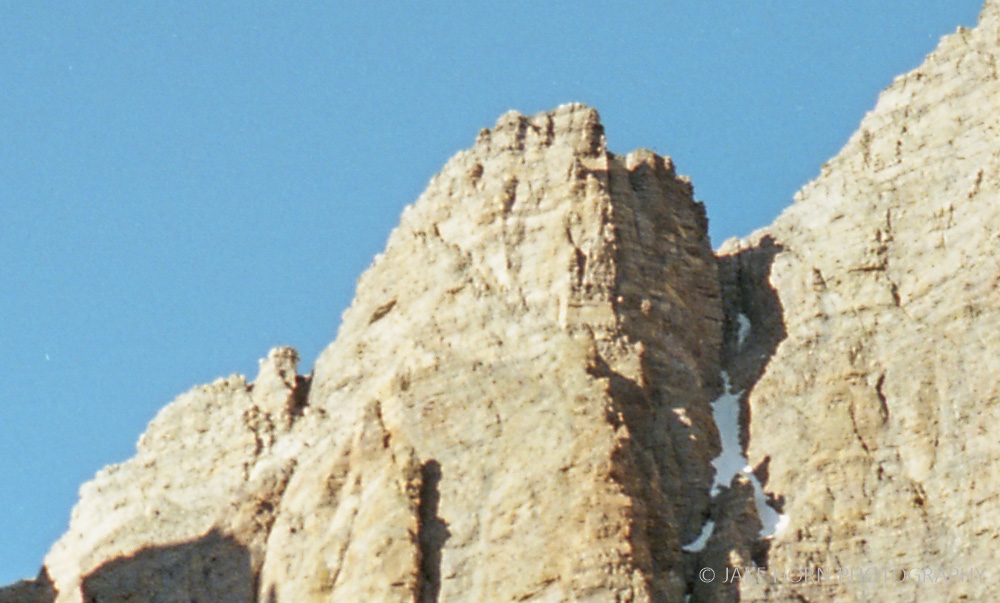
CORNER PERFORMANCE:
Corner's turned out much better than I thought they would. We've come to expect precision across the entire frame in modern lenses and I'm happy to say MS-Optical delivers. I will add that there is a slight loss of contrast and crisp detail at 2.8. But you can see that this cleans up quite nicely at f8.
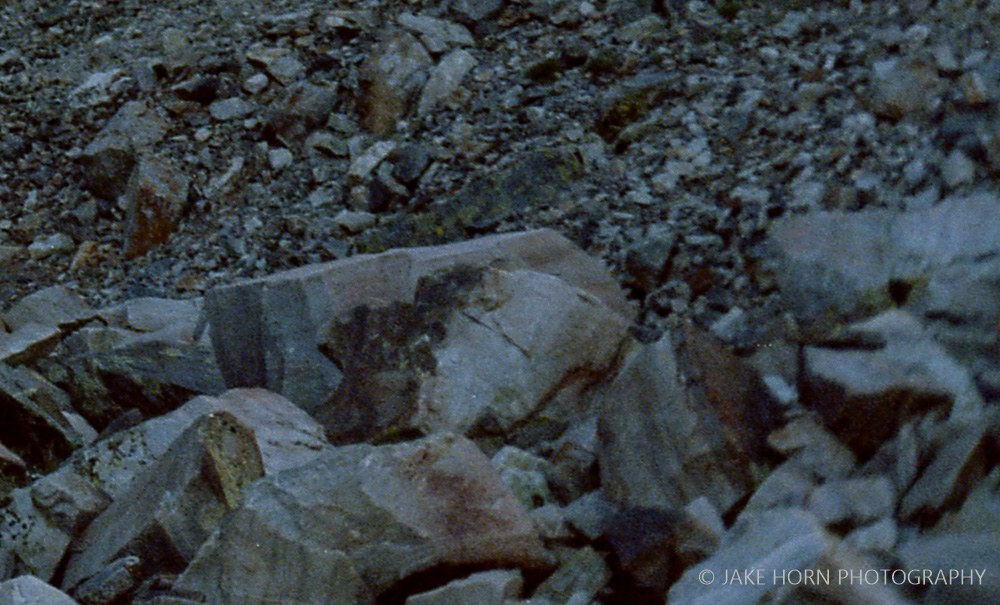
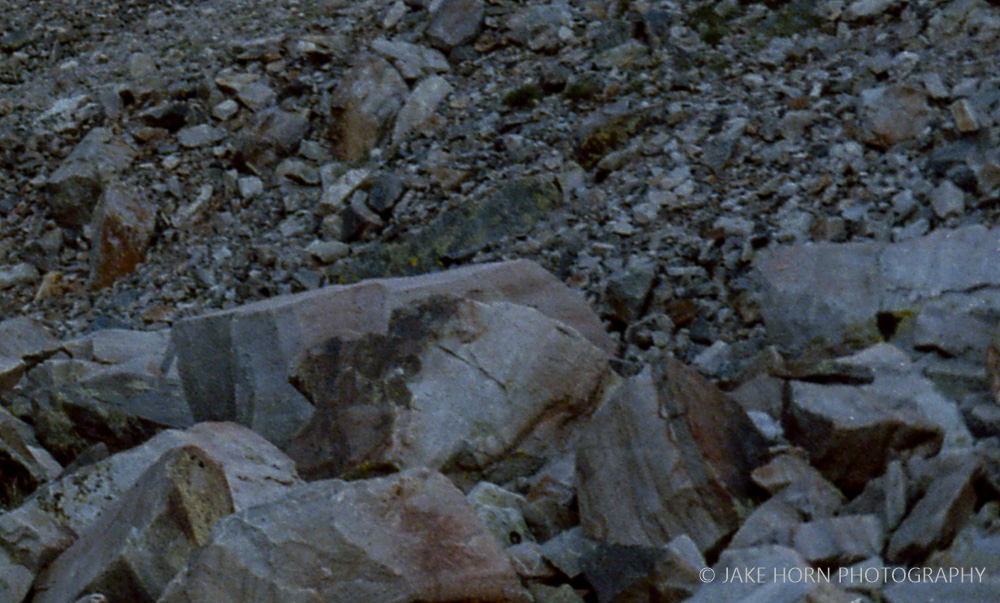
Top Left Corner From Photo at Top of the Page
BOKEH:
I'm sad to say that I don't have many examples with strong bokeh. This is mostly due to the fact that landscapes are about creating the largest depth of field. I did, on the other hand, find it difficult to get down to f/1.4 when the max speed on the Leica M-A is 1/1000th of a second. From what I've seen thus far has been very encouraging. High contrast trees (i.e. leaves) always look jittery, but the Apoqualia does a decent job handling this. Though there is an odd circular effect to it. I do like the focus fall off however. It does well at isolating the subject.
Leica M-A | f/2 | Arista Premium 400
DISTORTION:
I was quite surprised by the performance in this category. When focusing at ten feet, I found a ton of barrel distortion for a 35mm prime. I resolved this by adding a +3 correction in post. I would say this is twice as much as most lenses in this focal range. In fact, while playing with some adjustments in Lightroom, I found that the Apoqualia has just as much distortion as my Nikon 24mm 1.8G.
Barrel Distortion - Focus @ 10'
Barrel Distortion Corrected +3 in Lightroom
In summary, I did not find anything disturbing in the performance of this lens. Due to the distortion, I probably won't be using this for any architecture shots. Vignetting is barely noticeable in the apertures I plan to shoot this lens. But knowing that I can open up to 1.4 and shoot in low light is reassuring.
I was hesitant at first when deciding on this lens over a Leica equivalent, such as a used Summarit. Would I be compromising picture quality for the charm of this lens? Well I did not find that to be the case. The Summarit-M 35/2.4 may perform better than this lens in test labs, but I found the MS-Optical delivered supurb results.







